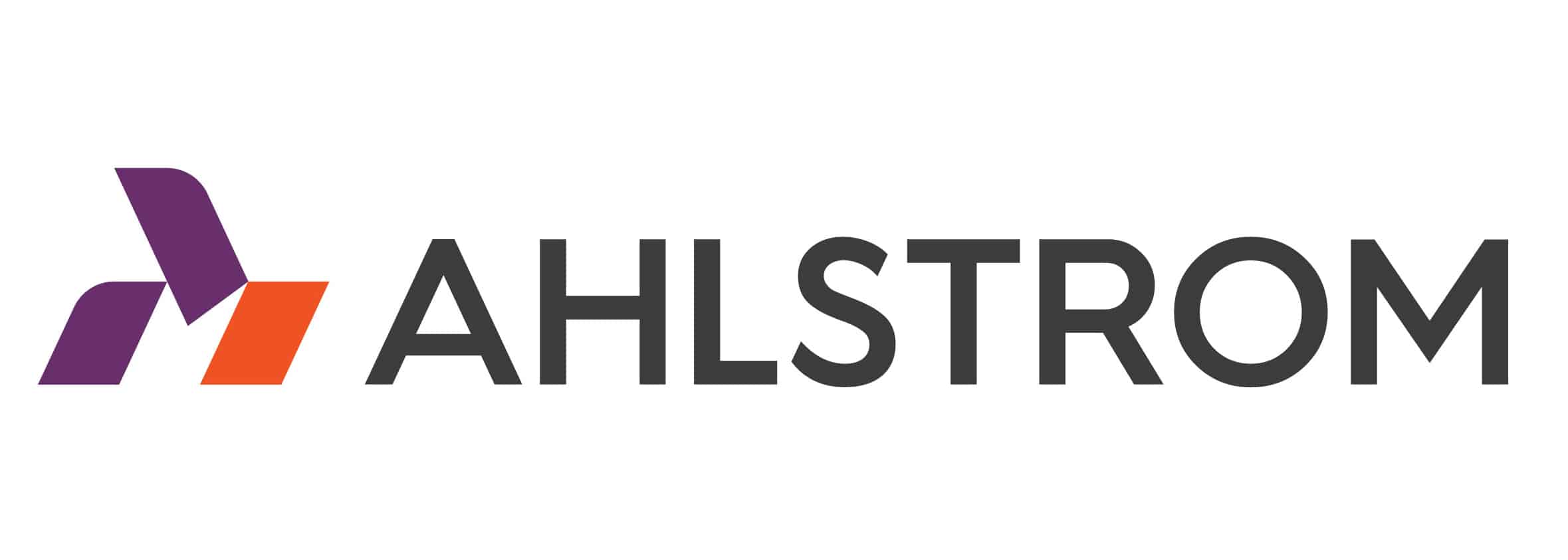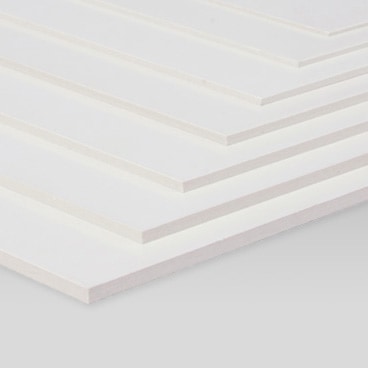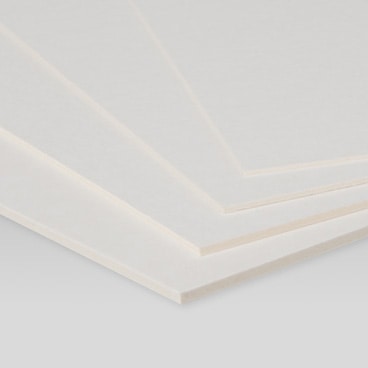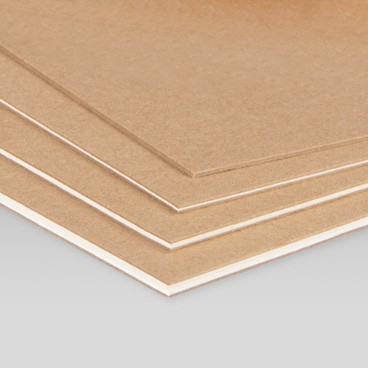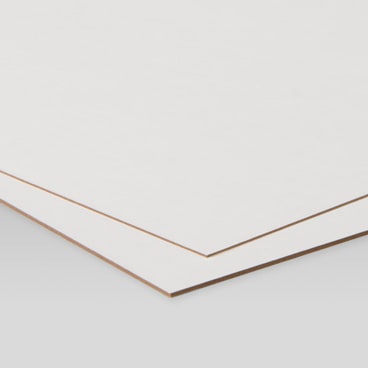A type of paper that is slightly acidic. Most paper is acid paper, since it is produced using bleaching agents, sizing materials (in particular, acid-rosin sizing, which is the chemical that, although useful for imparting water resistance to paper, is also responsible for rapid aging, yellowing, and deteriorating), and coatings that impart to the paper a degree of acidity. The disadvantages of acid paper include low permanence; acid paper tends to deteriorate very rapidly, perhaps in as short a time as 50 years or less. There has been much interest in recent years (especially from librarians and archivists) in alkaline paper (also called acid-free paper), the advantage of which is its much longer permanence (as long as 200 years). The lack of acids in papers is also believed to be more environmentally sound. The disadvantages of alkaline paper include its incompatibility with acid-based offset press dampening systems (when acids and bases intermingle, they react, sometimes quite strongly), especially when calcium carbonate is used as a filler or a coating. Alkaline sizing materials (such as alkyl ketene dimer and alkyl succinic anhydride) are beginning to be used in place of acid-rosin sizing.
New developments are removing the stumbling blocks to alkaline paper, and some experts have predicted that in the near future acid paper will no longer be available. (See also Alkaline Paper.)
Acidity and alkalinity occupy opposite ends of the pH scale. A solution with a pH of 7 is defined as neutral, one with a pH of less than 7 is defined as an acid, and a solution with a pH of greater than 7 is defined as a base (or an alkaline solution).
< Back to the Knowledge Bank









